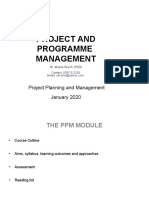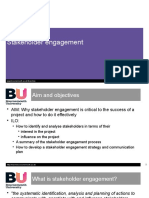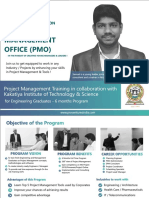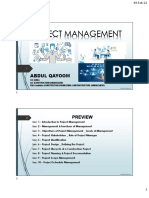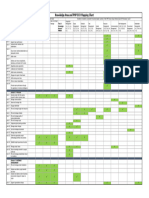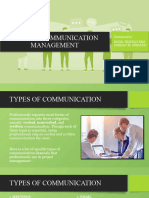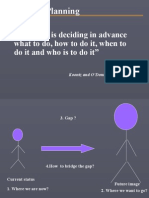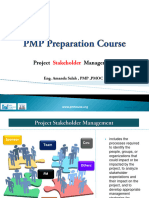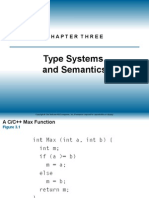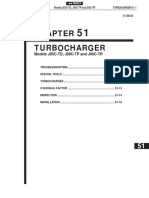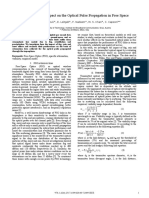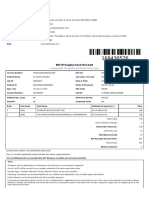0% found this document useful (0 votes)
201 views53 pagesIntroduction To Project Management
The document discusses project management, including the roles of the Project Management Institute (PMI) and Project Management Professional (PMP) credential. It also covers the project management framework, project management processes, and key concepts like the project management knowledge areas and triple constraint of project management.
Uploaded by
Nancy RahCopyright
© © All Rights Reserved
We take content rights seriously. If you suspect this is your content, claim it here.
Available Formats
Download as PPT, PDF, TXT or read online on Scribd
0% found this document useful (0 votes)
201 views53 pagesIntroduction To Project Management
The document discusses project management, including the roles of the Project Management Institute (PMI) and Project Management Professional (PMP) credential. It also covers the project management framework, project management processes, and key concepts like the project management knowledge areas and triple constraint of project management.
Uploaded by
Nancy RahCopyright
© © All Rights Reserved
We take content rights seriously. If you suspect this is your content, claim it here.
Available Formats
Download as PPT, PDF, TXT or read online on Scribd
/ 53



